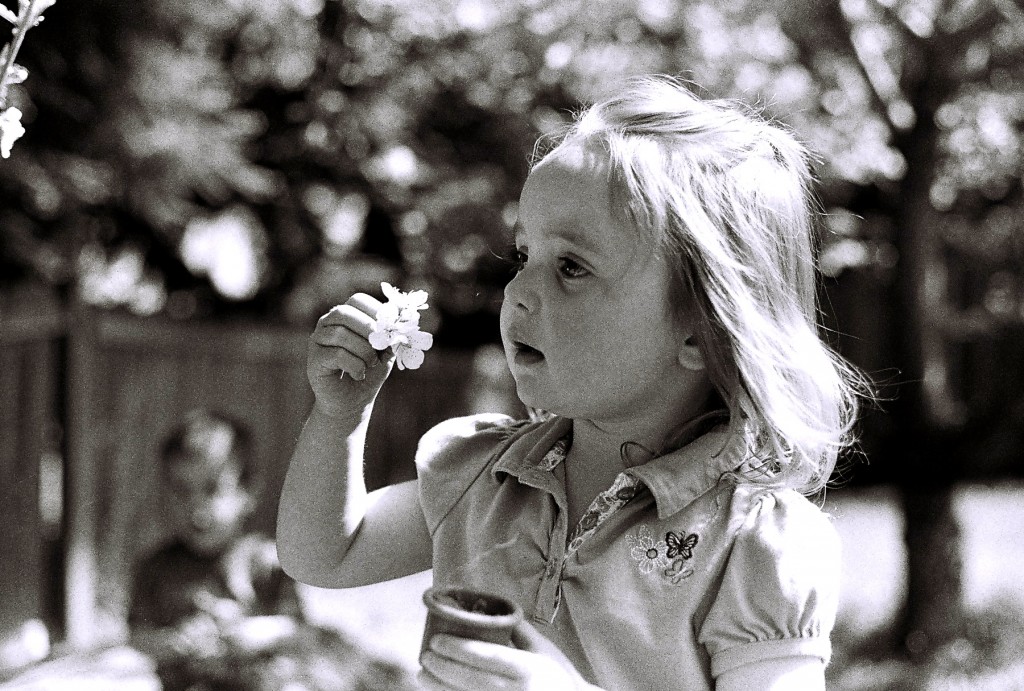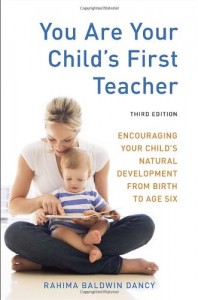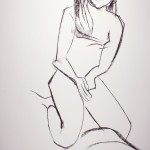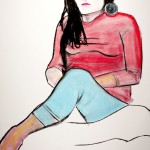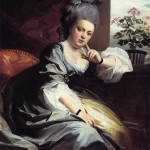Today Taylor and I made a day trip to the Tacoma Art Museum. Their current exhibit “Beyond Books” features the works of Eric Carle who is best known for his children’s book illustrations, you probably know him from his book “The Very Hungry Caterpillar”. I was thrilled to see an exhibit that was so applicable to my research this quarter on children’s domestic space.
As we approached the museum a large group of children and teachers (who were busily keeping the group together) passed us on the sidewalk. The children were energetically talking, skipping, laughing, dropping their lunches, distracted as they almost walked into other people walking by as we passed.
We entered the museum, pulled out our wallets, student ID’s, and prepared to pay the $8 student enterance fee. When they saw that we were Evergreen students the woman said that we had free admission. I did not know until today that Evergreen pays the Tacoma Art Museum a membership fee for students – so we get in for free!
The entire museum allows photography (darn! I didn’t bring my camera – so the photos were taken with my phone…), except for the Eric Carle collection of personal art work (which he calls “ArtArt”… more on that later).
We first stopped to see a small exhibit featuring some beautiful Chihuly glass. The museum also showed glass work of other artists. While looking at the glass, we heard another huge group of children coming from the neighboring Beyond Books Exhibit. It must be a destination for school field trips! The 20-30 children walked by and left.
“ArtArt”
Over recent years Eric Carle has stepped away from what he is most well known for (children’s illustrations), and has begun experimenting with other forms of art – hence the exhibit name Beyond Books. In this section of his private work, we were asked to not take photos.
Eric Carle has dabbled in numerous art mediums throughout his life, constantly tweaking his style. His first works shown were from the 50′s when he started out doing poster art. The exhibit then moved on to his early book covers, and also block prints.
There was a short film interview with Carle playing in the exhibit which I sat down to watch. It was beautiful to hear about his passion for color. He talked about his fascination with colors – even colors that are not possible for humans to perceive, while certain bugs can – he said that he wished he could be one of those bugs and have that experience. Growing up in Germany during World War II, he talked about the overcast grey weather (sound familiar?), and camouflaged cities in an attempting to avoid bombings. He found comfort during this time from the abstract painters who used bright, unreal colors.
Since his success with children’s illustrations, Carle has begun what he humorously calls “ArtArt”. He experiments with painting, collage (often using scraps from old illustrations), glass work, and photography. He keeps his same style consistent using bright colors.
I was inspired by Eric Carle’s recent photography. In his interview he talked about his ability to play in a parking lot all day – exploring often unnoticed details, colors, lines, and shapes. To capture these details he has taken up street photography (see image on right). He calls his photos “found art” because he is admiring and capturing what is already there. His photography and viewpoint inspired me to think differently about my own photographs, and to simply capture “found art” in everyday life.
Classic Eric Carle Illustrations & Art
After viewing Eric Carle’s “ArtArt”, we stepped into a second area of the Beyond Books exhibit. This section did allow photography. Featured were images from his books, notes to friends, and typography art.
Catering to children, this second section had two interactive art pieces which were colorful boards with magnetic strips to create your own Carle inspired designs. The exhibit also had a desk in the middle with access to some of Eric Carle’s books in various languages. I appreciated that by adding these two simple features the exhibit encouraged interactive reading and art for children.
Overall, I appreciated Eric Carle’s dedication to children’s book illustrations and his passion for art and color.






